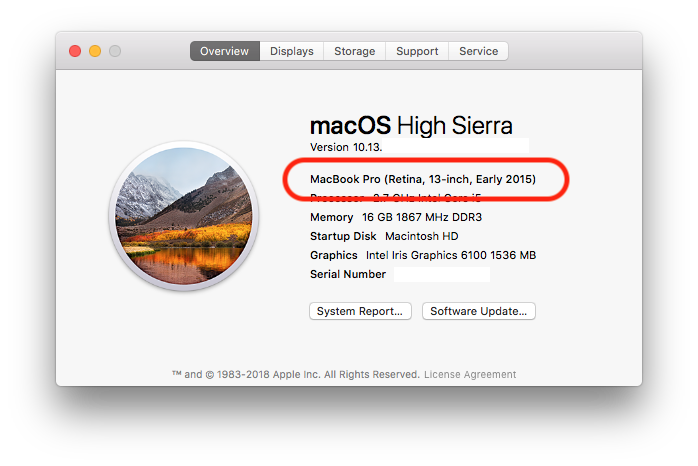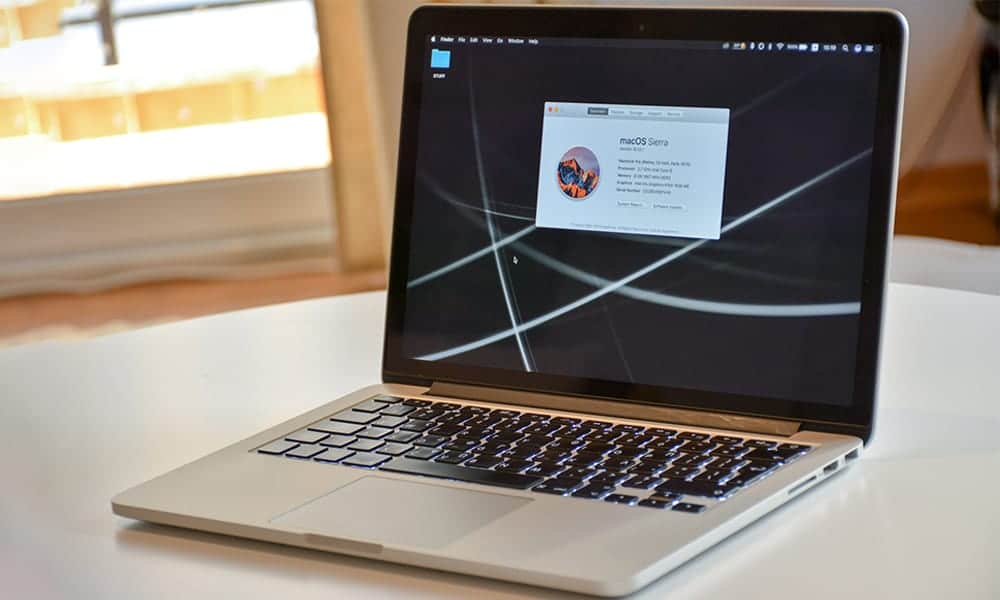

- BACKUP SOFTWARE FOR MAC OS MOJAVE HOW TO
- BACKUP SOFTWARE FOR MAC OS MOJAVE FULL
- BACKUP SOFTWARE FOR MAC OS MOJAVE PASSWORD
- BACKUP SOFTWARE FOR MAC OS MOJAVE PC
Also, you can definitely restore the snapshot when your virtual machine is in a problem, which will restore your virtual machine and start back your virtual machine from that point. This is really useful and works like the “Previous Versions” feature of Windows.

BACKUP SOFTWARE FOR MAC OS MOJAVE PC
This backup will be stored on your actual Windows PC that you can copy it to another external drive, upload it to a cloud server and copy it to multiple places to maximize your data recovery. The backup will include the entire virtual machine including your personal files, system files, apps, settings.
BACKUP SOFTWARE FOR MAC OS MOJAVE FULL
This great backup tool, integrated into VMware with every virtual machine, creates a full backup of your Mac to your Windows computer which is easy to restore them. One of the easiest and most convenient ways to back up your macOS virtual machine is to use snapshot. We will use the common secure way to back up your data is creating a from the VMware integrated tool “snapshot” or backing up your data using macOS built-in backup utility “Time Machine” which also works well with Mac. When it comes to back up, you have different options to go with. There are many ways you can back up your data, from backing up your virtual machine to your Windows computer to creating copies of your data to an external drive or cloud.
BACKUP SOFTWARE FOR MAC OS MOJAVE HOW TO
How to Backup Your macOS Mojave Virtual Machineīacking up a PC is different from backing a Mac, but not that different which you couldn’t do it. To do this, you will need to use the macOS built-in tool “Time Machine” that is provided on Mac by default. However, you can also exclude files specifically you don’t want to be in the backup like your downloaded files. Including that, you can also add to backup your downloaded, music, documents, and videos or any other files that matter. The most important thing is to back up your entire personal files and folders which will not be recovered once they are lost. As a consequence, you may not see any backup files, or the app may crash.With that in mind, it’s worth noting that you will need to take snapshots regularly as it will not take backups automatically by default. The app will not be able to read the files it will appear as if they're not there.

What happens if an app tries to access iTunes backups without having permission? and later will automatically prompt you with these instructions and guide you through them if the app has not been granted permission. Once you have selected the app, the Security & Privacy dialog will tell you you need to close and restart the app before the app will be able to read your iTunes backups.
BACKUP SOFTWARE FOR MAC OS MOJAVE PASSWORD
You'll be prompted for your password or Touch ID fingerprint to permit this.įind the app that you wish to grant access, and drag it into the list, or click on the + and browse to its location. By default, the list will be empty.Ĭlick the lock icon on the bottom-left of the dialog to enable changing the privacy settings. You'll see a white pane on the right, showing a list of apps which have this level of access already. Select "Full Disk Access" from the list of privacy areas on the left-hand side of the dialog. Alternately, go straight there with Spotlight by pressing ⌘ Cmd + and typing "Security & Privacy" before pressing ⏎ Enter. Open your Mac's privacy settings by clicking "System Preferences" on the Dock, selecting "Security & Privacy", and then clicking its "Privacy" tab. Here's how to grant access to your iTunes backup files: Granting access to iTunes backup files Also, be wary of any app that accesses data without a need to change this preference: it suggests that they might be backing up your iPhone to an insecure location. This mechanism ensures that there's user consent for those files to be accessed, and protects against rogue programs or malware accessing them.Īs a consequence, in order to use a macOS app to work with your iTunes backup files, you must first grant it permission.īe very wary of any software that prompts you to move your backups to another location, bypassing this security mechanism. Foremost among these's a general catch-all protection, restricting access to a range of files on the filesystem, including the user's mail database, message history, Safari data, iTunes and Time Machine backups, cookies, and various other files. Apple introduced a number of important security mechanisms with the release of macOS Mojave in 2018.


 0 kommentar(er)
0 kommentar(er)
